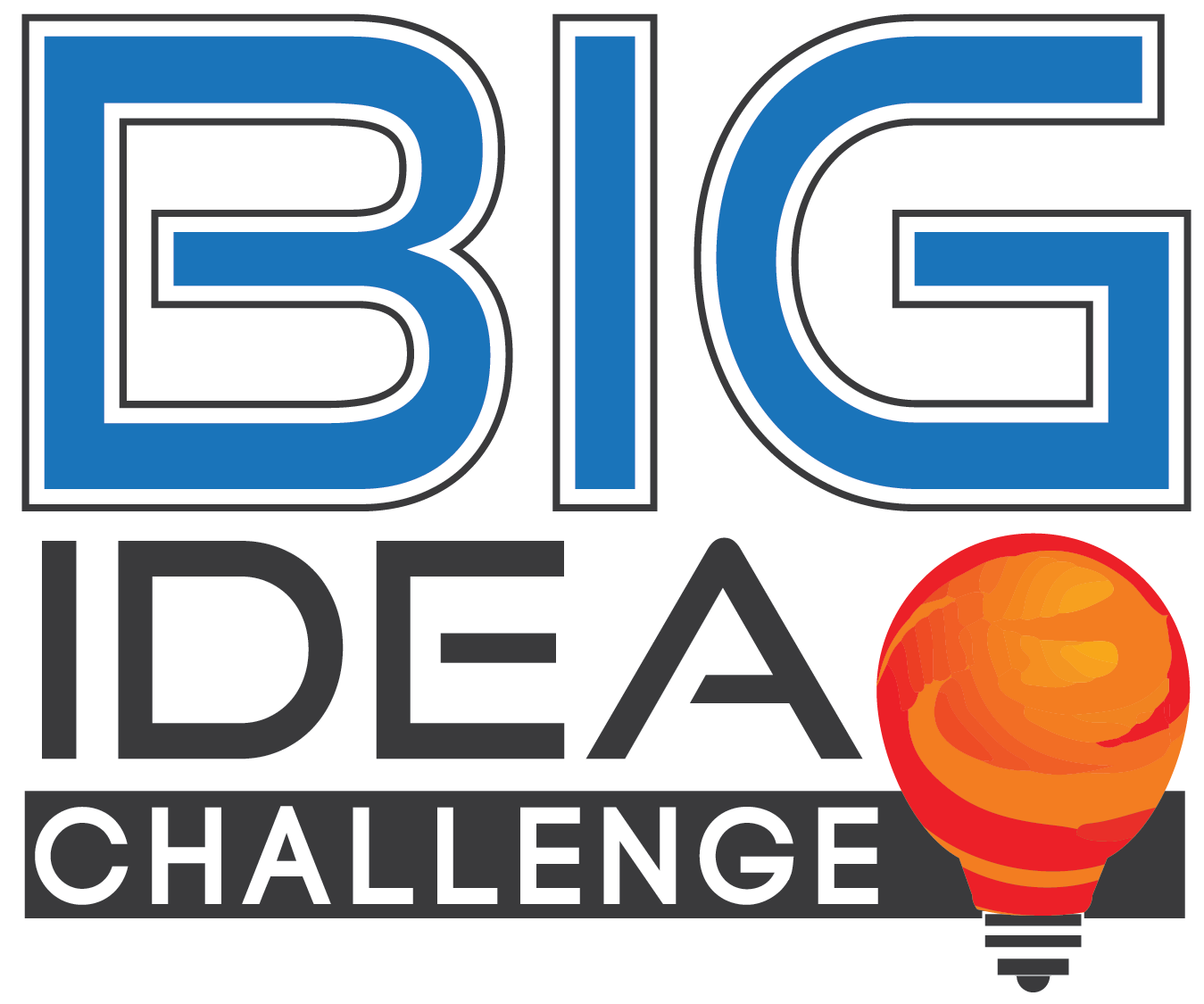The 2021 Finalists have already been selected.
To compete in the 2022 Challenge, visit the Extreme Terrain Mobility Challenge Details page.
2021 NASA Feature Story 2021 Finalists
Please click images for full judge bios.
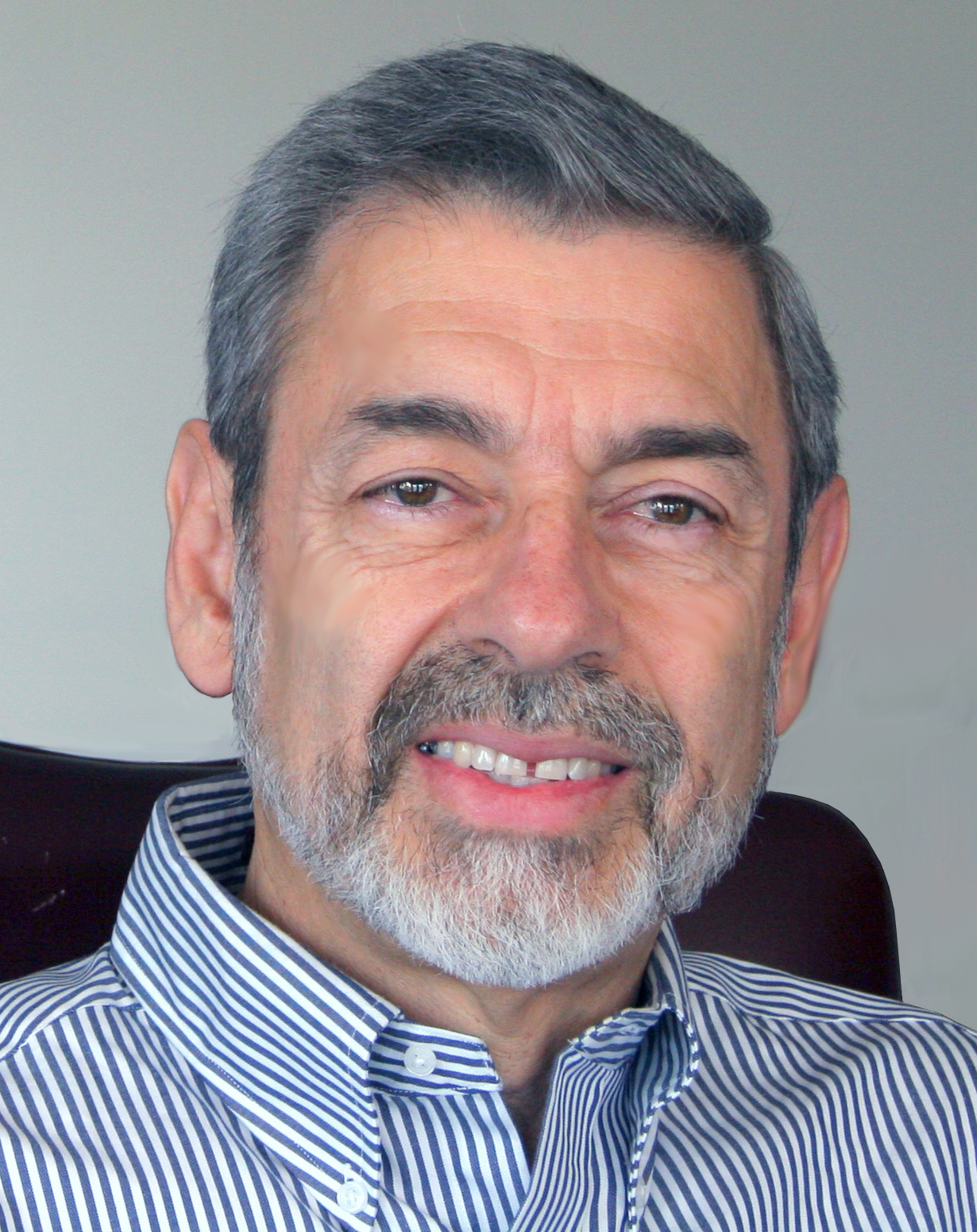
Dr. Carlos Calle
NASA Kennedy Space Center
Dr. Carlos I. Calle is a senior research physicist at NASA Kennedy Space Center and the founder and Senior Principal Investigator of NASA’s Electrostatics and Surface Physics Laboratory. He is the recipient of numerous NASA awards, including the NASA Exceptional Achievement Medal in 2010, the Silver Snoopy Award in 2007 for outstanding support of the Space Shuttle Program, and the Spaceflight Awareness Award in 2003 for exceptional contributions to the space program. With his laboratory staff, he has developed technologies for NASA’s lunar and Martian exploration programs. He has also developed new testing techniques for several Space Shuttle systems and for the thermal shrouds on the International Space Station modules. Dr. Calle has published over 170 scientific papers and is the author of Superstrings and Other Things—A Guide to Physics, Einstein for Dummies, Coffee with Einstein, The Universe—Order Without Design, and Electrostatic Phenomena on Planetary Surfaces.
Carlos Calle
NASA Kennedy Space Center

Michael Johansen
NASA's Space Technology Mission Directorate
2021 BIG Idea Challenge Chairman
Michael Johansen is a Technical Integration Manager in the Space Technology Mission Directorate. He is responsible for developing the Agency strategy on dust mitigation. Michael holds a Bachelor’s and Master’s Degree from The University of Central Florida in Aerospace Engineering. Before serving as a Technical Integration Manager, Michael was a Research Engineer at NASA Kennedy Space Center’s Swamp Works. There he participated in the development of several space exploration technologies, including co-leading the development of the Electrodynamic Dust Shield experiment currently operating on the International Space Station.
Michael Johansen
Space Technology Mission Directorate
2021 Chairman
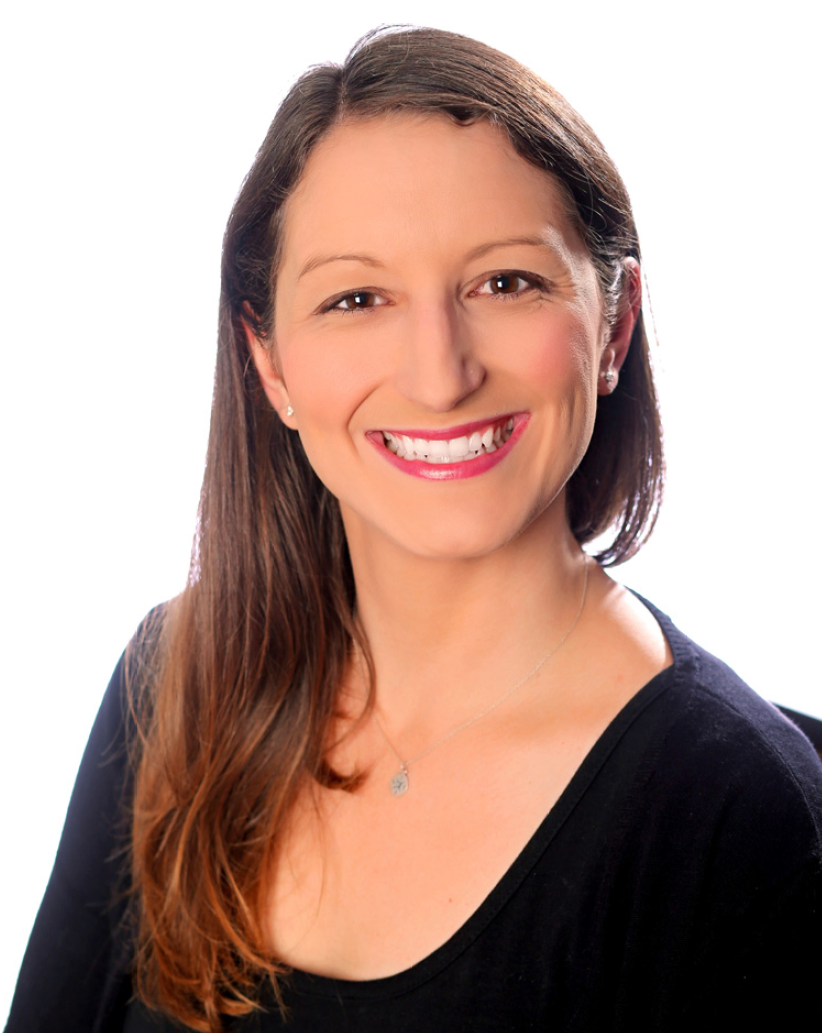
Dr. Kristen John
NASA Johnson Space Center
Dr. Kristen John is the Discipline Lead for Dust Mitigation for the Human Landing System (HLS), as well as the Lead for Lunar Surface Systems in the Johnson Space Center’s Engineering Directorate. Kristen has an undergraduate degree in Aerospace Engineering from the University of Texas at Austin, and a Master’s and Ph.D. in Aerospace Engineering from the California Institute of Technology (Caltech). Prior to joining the Engineering Directorate, Kristen spent five years in the Astromaterials Research and Exploration Science Division studying asteroid regolith and lunar dust, where she built several experiments for the International Space Station.
Kristen John
NASA Johnson Space Center
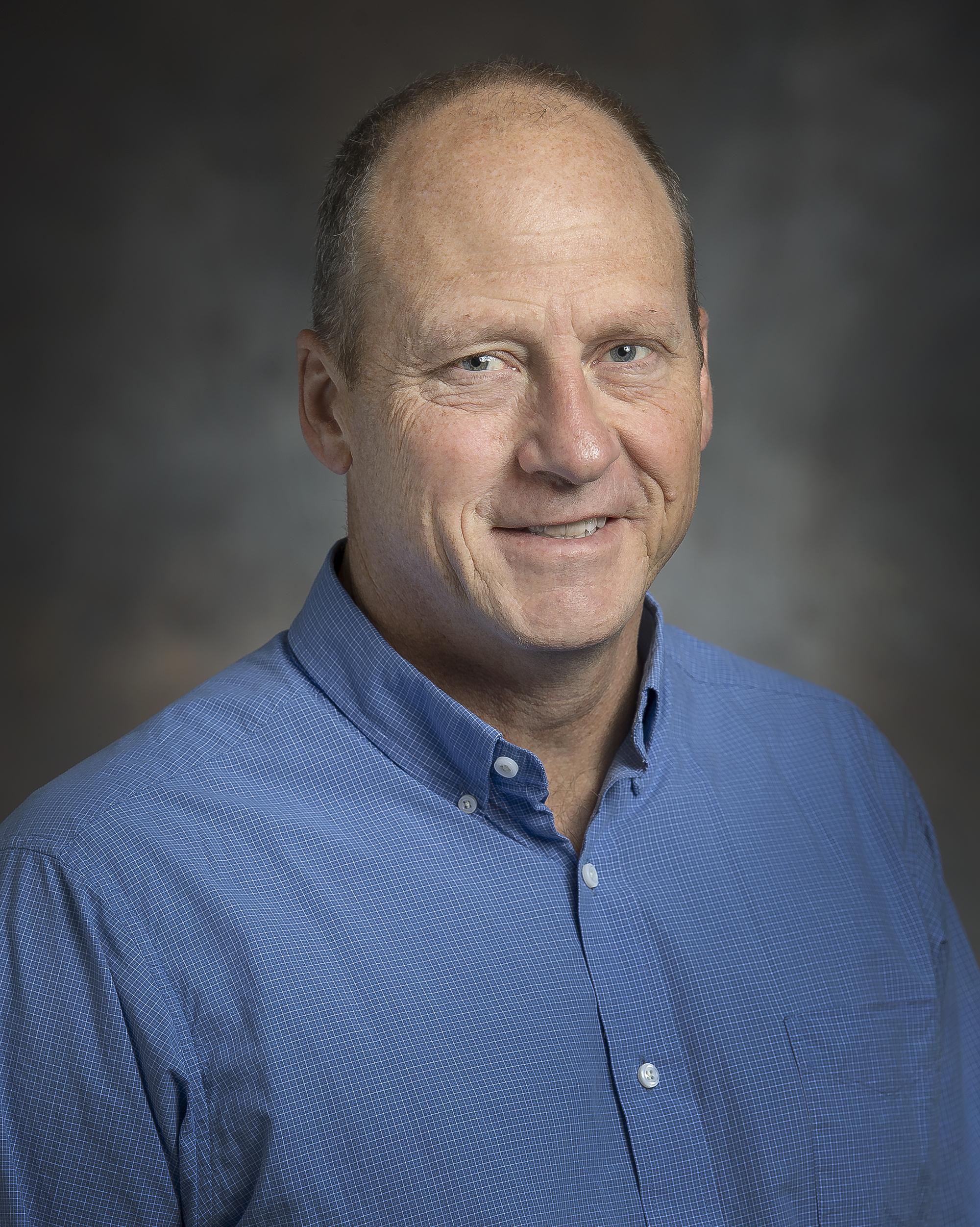
Kevin Kempton
NASA Langley Research Center
Kevin Kempton is currently a Program Element Manager in NASA’s Game Changing Development (GCD) Program and also a challenge coordinator for the Prizes and Challenges Program. He recently led the development of the Mars Ice Home habitat design study through the Center Innovation Fund and is now leading a concept study for a mobile lunar gantry. Mr. Kempton was also the PI for a study called PHLOTE (Phobos L1 Operational Tether Experiment) through the NASA Innovative Advanced Concepts Program. Previously, Mr. Kempton was the project manager for the Autonomous Landing and Hazard Avoidance Technology (ALHAT) Sensor Development at Langley where he planned and supported the integration and flight test campaigns that led up to the successful flight test of the ALHAT system on the Morpheus vehicle at KSC. Before ALHAT, Mr. Kempton was the Lead Systems Engineer for the CLARREO Climate Mission Development. He also served as the Lead Systems Engineer and Verification Manager for the Ares I-X Demonstration Flight Test and was awarded the NASA Exceptional Achievement Award as well as the Space Flight Awareness Award for leadership and innovations in systems engineering. When time allows, Mr. Kempton enjoys woodworking, carving, building RC airplanes and crafting new things from unusual materials.
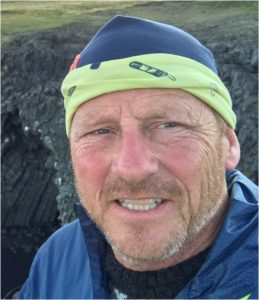
Kevin Kempton
NASA Langley Research Center
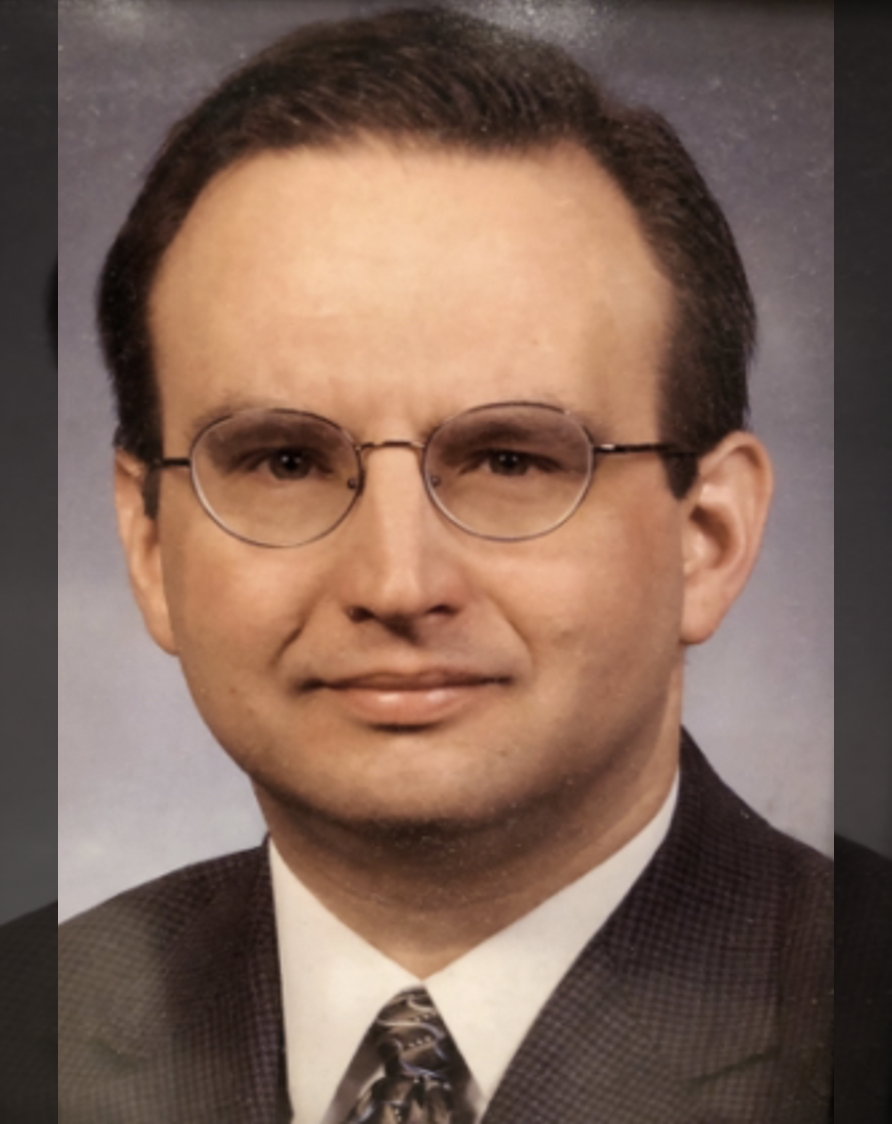
Damian Ludwiczak
NASA Glenn Research Center
Damian R. Ludwiczak is currently the Chief of the Mechanisms and Tribology Branch at the NASA Glenn Research Center. Mr. Ludwiczak earned a Bachelor of Science degree in Aerospace Engineering from the Pennsylvania State University and a Master of Science degree in Engineering Mechanics from The Cleveland State University. Since 1987, Mr. Ludwiczak has worked as an aerospace engineer and has held numerous NASA positions as a structural dynamicist working on the Space Station Freedom as well as the Atlas, Pegasus, and Delta expendable launch vehicles. Mr. Ludwiczak has also held technical management positions as the deputy Chief Engineer for the Orion Crew and Service Module, Chief Engineer for the Space Launch Vehicle (SLS) payload fairing system, Chief Engineer developing the facilities for the Space Environments Complex (SEC) located at NASA’s Plum Brook Station, as well as his current position as a Branch Chief. Mr. Ludwiczak has received numerous NASA achievement awards including the Exceptional Achievement Medal and Outstanding Leadership Medal. Mr. Ludwiczak is the co-owner of a small technology company located near Cleveland Ohio and has also authored or served as technical editor and content contributor on several text books. Mr. Ludwiczak enjoys boating, gardening, and building RC airplanes in his spare time.
Damian Ludwiczak
NASA Glenn Research Center
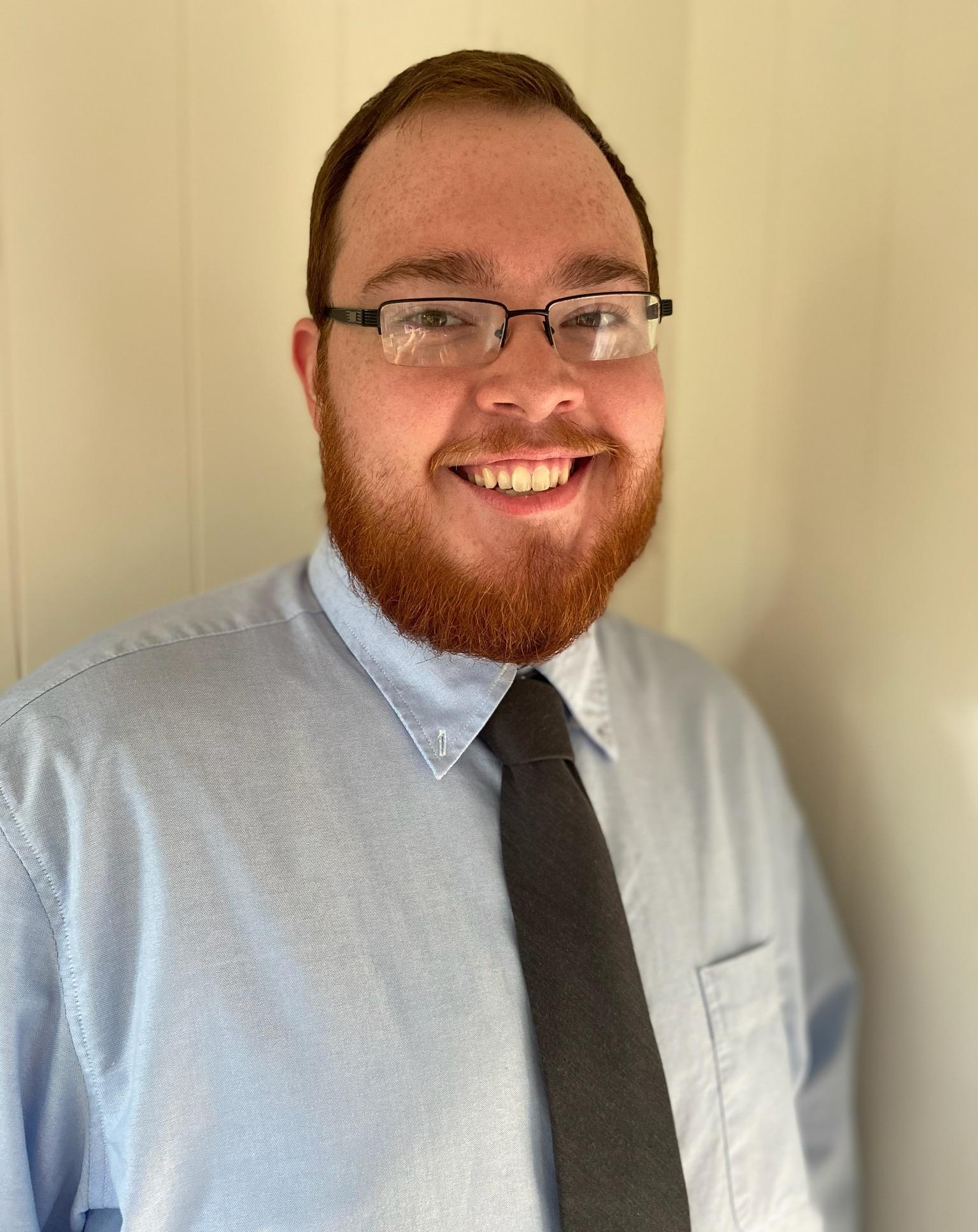
Michael Manginelli
NASA Marshall Space Flight Center
Michael "Mike" Manginelli is an early career aerospace engineer at the NASA Marshall Space Flight Center (MSFC). Prior to being hired at NASA, Michael graduated from Youngstown State University in Youngstown, OH with a Bachelor of Engineering degree in Mechanical Engineering. Michael was originally hired into the Advanced Manufacturing Branch at MSFC where he worked with the additive manufacturing team to build parts for various customers across Marshall. He has since transferred to the Aerosciences Branch where he has been involved in several projects involving the study of plume-surface interaction, a phenomenon that occurs when the retrorockets of a lander-type spacecraft interacts with the granular surface of a planetary body. Among these projects include the 3D reconstruction of the plume-induced altered landing site of the InSight Mars lander, as well as the development of a stereo descent imager to be flown on a Commercial Lunar Payload Services (CLPS) lander.
Michael Manginelli
NASA Marshall Space Flight Center

Dr. Philip Metzger
University of Central Florida
Dr. Philip Metzger is a planetary scientist at the University of Central Florida. He worked at NASA’s Kennedy Space Center for about 30 years, where he co-founded the KSC Swamp Works. He performs research related to solar system exploration: lunar mining, soil mechanics, rocket exhaust interactions with planetary surfaces, etc. While at NASA he led the Agency’s work in rocket blast effects for human-class missions. He co-founded NASA’s biannual Workshop on Granular Materials in Lunar and Martian Exploration and is a founding member of the ASCE Technical Committee for Regolith Operations, Mobility and Robotics. He received the astronaut’s Silver Snoopy award in 2010, was selected as the Kennedy Space Center’s NASA Scientist/Engineer of the Year for 2011, received the ASCE Aerospace Division’s Outstanding Technical Contribution Award for 2016, and became a NASA NIAC Fellow in 2020.
Philip Metzger
University of Central Florida

R. "Vijay" Vijaykumar
AERFIL
Vijayakumar is the founder and head of AERFIL, a consulting company devoted to providing technical and business solutions and services for the filtration and contamination control industry, as well as educational and training support for the industry. His current clients include major filtration companies in China, Brazil and India. With several patents and over 30 years’ experience in leading filtration and particle test instrument companies to go with his PhD in particle technology, Vijayakumar is a globally recognized expert and mentor in contamination control and filtration sought after by clients world wide. He is an advisor to NASA for air filtration systems for space habitat. In keeping with his philosophy that knowledge grows only by sharing, he teaches freely and often wherever someone wants to learn the subject. He is a Distinguished Visiting Professor at the Chinese Academy of Building Research and has been on the faculty of the short course on air and gas filtration at the University of Minnesota since its inception. He is a Fellow and a Distinguished Lecturer of ASHRAE He has taught courses in cleanroom designs for ASHRAE, and lectures around the world for them on various aspects of filtration and cleanroom designs. He has recently published an iBook on Aerosol Mechanics for the general user. He is a Fellow and past President of the IEST, the premiere contamination control organization in the US. Currently, he chairs standards development committees at the ISO and in the US writing standards for high efficiency filtration and filter media used in cleanrooms, hospitals, and indoor environments.
R. Vijaykumar
AERFIL
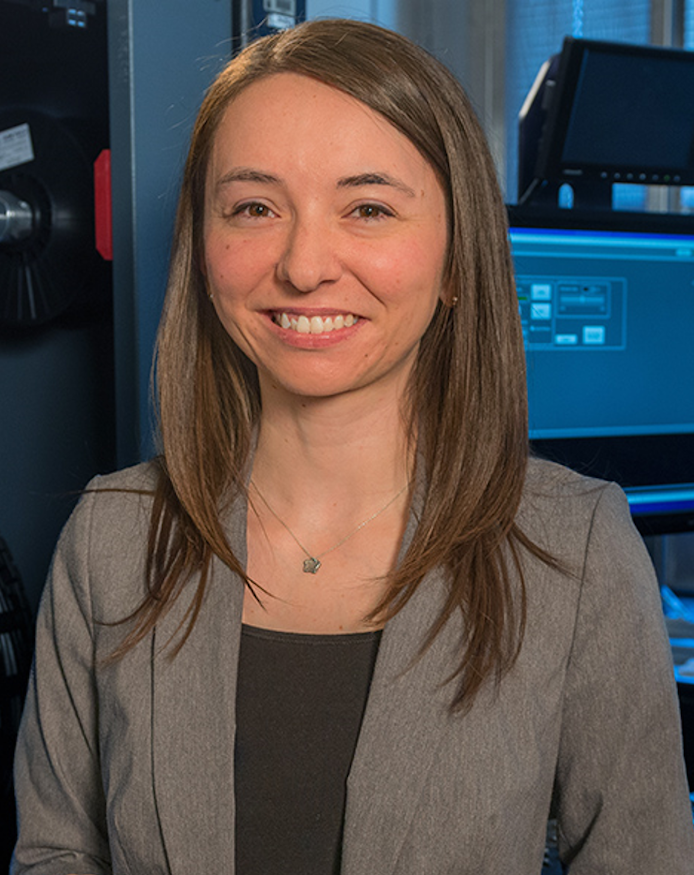
Valerie Wiesner
NASA Langley Research Center
Dr. Valerie Wiesner is a Research Materials Engineer in the Advanced Materials and Processing Branch at NASA Langley Research Center in Hampton, Virginia. She is an expert in environmental degradation of ceramic coatings and composites for extreme environment applications ranging from reusable hypersonic vehicles and next-generation aircraft turbine engines to lunar and planetary surface operations. Her current research interests include developing wear-resistant coatings for lunar lander legs to minimize abrasion caused by lunar dust upon landing and protective coatings for ceramic matrix composites in high-temperature aerospace applications.
Prior to joining Langley in 2019, she began her NASA career as a Research Materials Engineer in the Ceramic and Polymer Composites Branch at NASA Glenn Research Center in Cleveland, Ohio, in 2014 after completing a Pathways Internship as a Ph.D. student. She served as lead investigator for evaluating damage of environmental barrier coatings designed to protect ceramic matrix composite components caused by particulates, including sand and volcanic ash, when ingested by aircraft engines.
Dr. Wiesner has co-authored over two-dozen publications, including 17 peer-reviewed articles, and over 60 technical conference and seminar presentations. She has received various awards, including the NASA Early Career Achievement Medal and the American Ceramic Society (ACerS) Coble Award for Young Scholars. She serves as Chair-Elect of the ACerS Engineering Ceramics Division and is a member of several committees within ACerS and ASM International. She earned a Ph.D. in materials engineering from Purdue University in West Lafayette, Indiana, in 2013 and B.A. in physics with certificate in Japanese from Carleton College in Northfield, Minnesota, in 2008. She enjoys stargazing, watersports and hiking in her spare time.
Valerie Wiesner
NASA Langley Research Center
